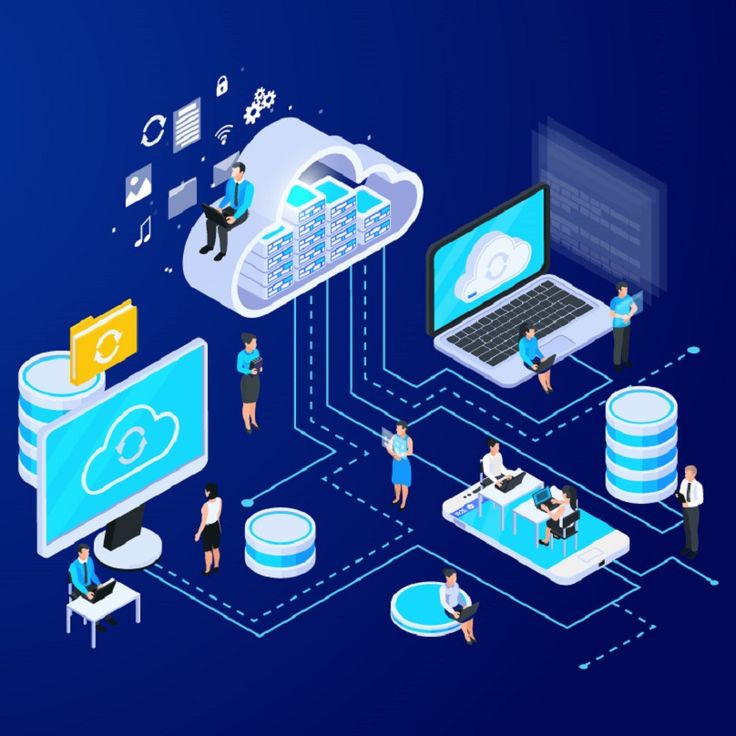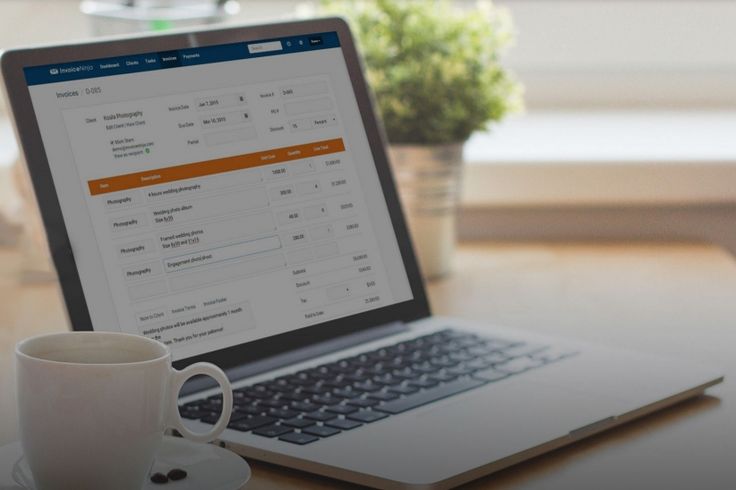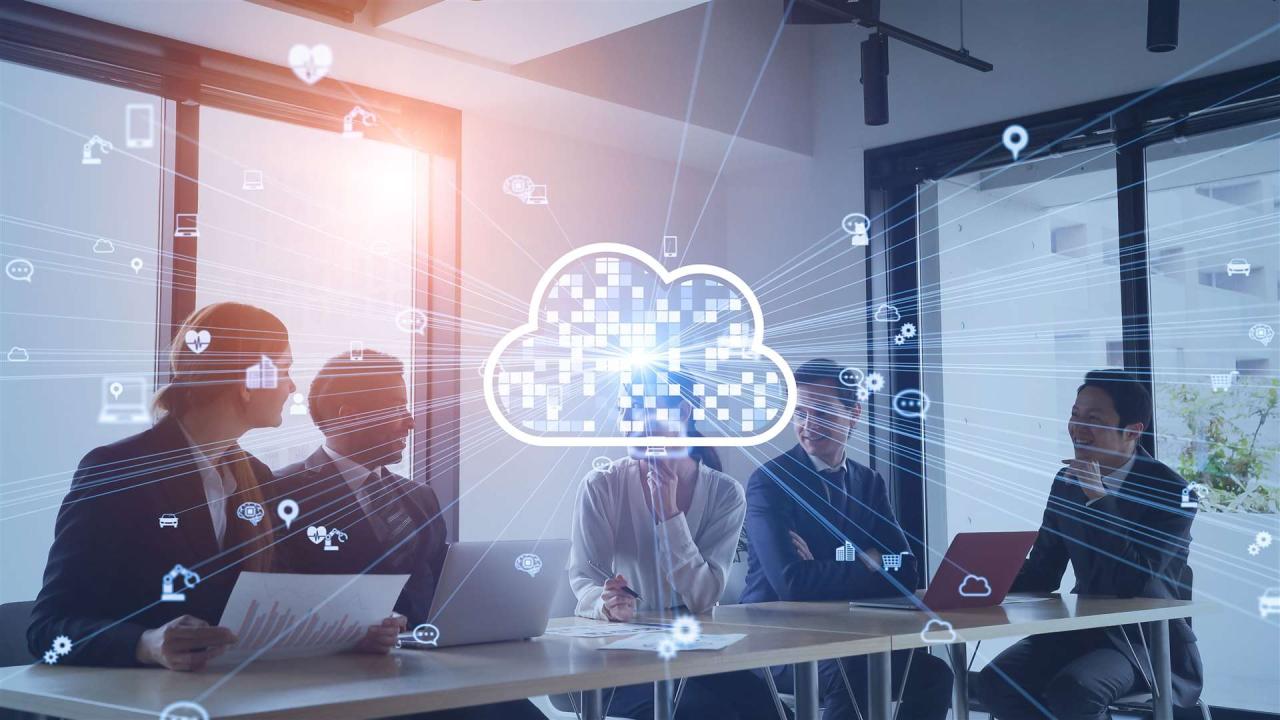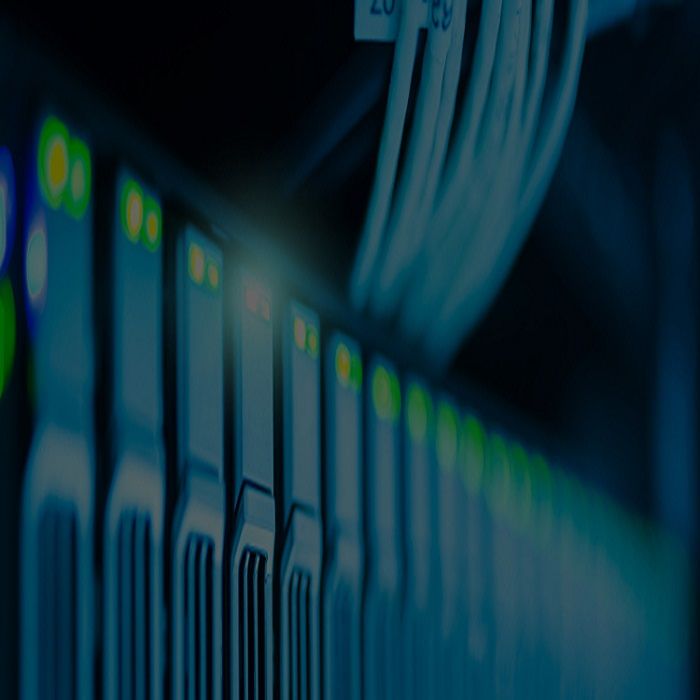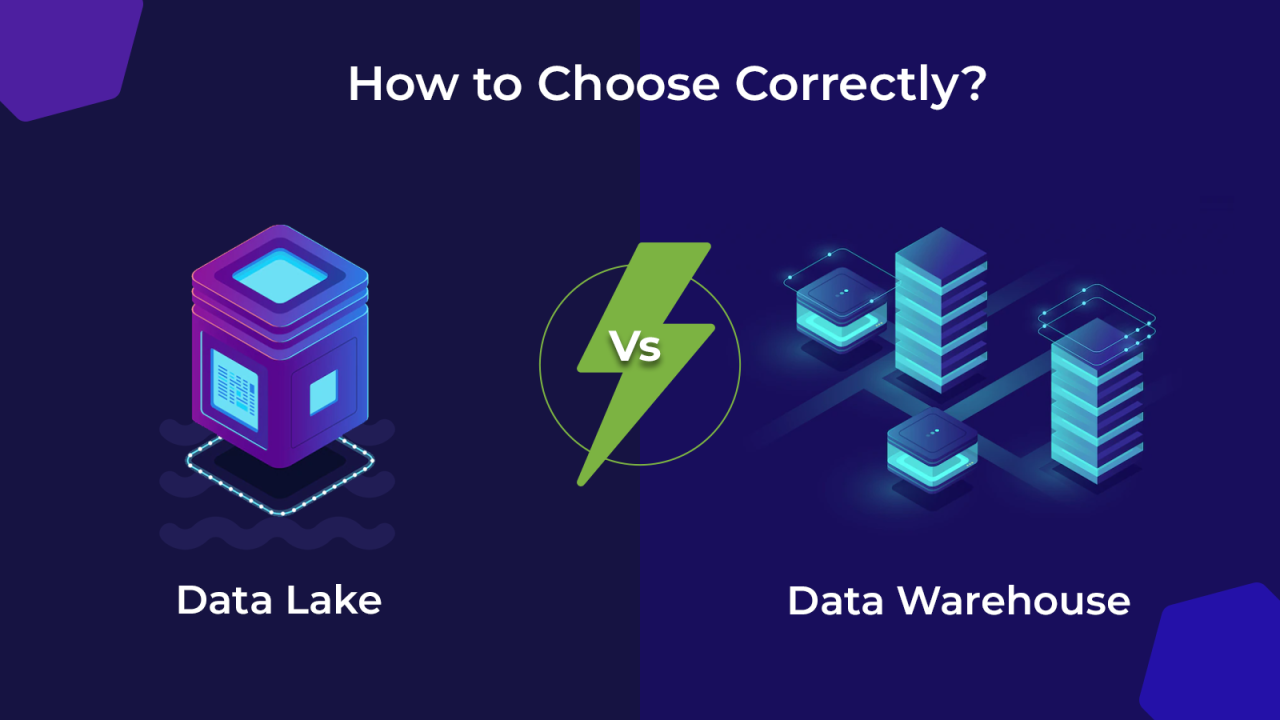The modern business landscape, perpetually driven by innovation and the relentless pursuit of efficiency, has witnessed a profound and irreversible shift in how organizations acquire and utilize software. At the forefront of this revolution is Software as a Service (SaaS), a delivery model that has transcended its initial promise to become the undisputed champion of business applications. Far from being a mere IT trend, SaaS represents a fundamental paradigm shift, transforming software from a static product into a dynamic, cloud-delivered service. It’s about accessing powerful applications over the internet, on demand, without the burdens of traditional licensing, installation, maintenance, or infrastructure management. This pervasive model has not just disrupted the software industry; it has redefined the very essence of how businesses operate, collaborate, and innovate, solidifying its position as the dominant force shaping the future of business apps.
The Evolution of Software Delivery: From Disks to Cloud
To truly grasp the widespread adoption and profound impact of SaaS, it’s essential to understand its lineage within the broader history of software delivery models. Each evolution brought new efficiencies but also new complexities, which SaaS ultimately sought to alleviate.
A. The Era of On-Premise Software
For decades, software was primarily delivered as a tangible product, installed and managed directly by the end-user or their IT department.
- Packaged Software: In the early days, software came on physical media like floppy disks or CDs. Users purchased a license, installed the software on individual computers, and were responsible for all updates, backups, and security. This was a cumbersome process for individual users, let alone enterprises.
- Client-Server Architectures: As networks became common, client-server models emerged. Software was installed on a central server, and clients (individual computers) connected to it. This centralized some management but still required significant on-premise hardware, specialized IT staff, and complex maintenance.
- High Upfront Costs (CapEx): Businesses faced substantial capital expenditures for software licenses, servers, networking hardware, and the physical space to house them. This often involved large, infrequent purchases, creating budgetary spikes.
- Operational Burdens (OpEx): Beyond the initial cost, organizations bore the ongoing operational expenses of installation, configuration, patching, security updates, data backups, disaster recovery planning, and troubleshooting. Dedicated IT teams were essential for keeping systems running.
- Limited Scalability and Accessibility: Scaling software involved purchasing more licenses and hardware, a slow and expensive process. Access was often limited to specific physical locations or internal networks, hindering remote work or global collaboration.
- Slow Updates and Feature Lag: Software updates were often infrequent, requiring manual installation or complex upgrade projects. Businesses often missed out on the latest features and security patches, leading to innovation lag.
B. The Rise of the Internet and Application Service Providers (ASPs)
The advent of the internet in the late 1990s laid the groundwork for a new software delivery model, though early attempts faced limitations.
- Application Service Providers (ASPs): ASPs were early precursors to SaaS. They hosted third-party software applications and made them available over the internet to customers on a subscription basis. This began to offload some IT burden.
- Early Web Applications: The World Wide Web enabled basic web-based applications, accessible via a browser. These were often simpler applications, but they demonstrated the potential for internet-delivered software.
- Limitations of ASPs: Early ASPs often struggled with network performance, security concerns, limited bandwidth, and immature web technologies. The market was not yet fully ready for widespread adoption.
C. The Cloud Computing Revolution and the Birth of SaaS
The maturation of cloud computing infrastructure provided the robust foundation necessary for SaaS to truly flourish.
- Ubiquitous Broadband Internet: Widespread high-speed internet access made it feasible to stream complex applications and data over the web without significant latency issues.
- Scalable Cloud Infrastructure (IaaS/PaaS): Cloud providers (AWS, Azure, Google Cloud) offered highly scalable, on-demand infrastructure (IaaS) and development platforms (PaaS), allowing SaaS vendors to build and host their applications without managing physical servers. This drastically reduced the startup costs and operational complexity for SaaS providers.
- Web Browser as Universal Client: The web browser became a universal client, eliminating the need for complex local installations. Any device with a browser and internet connection could access SaaS applications.
- Subscription-Based Model: SaaS popularized the subscription (OpEx) model, allowing customers to pay a recurring fee for software access, rather than a large upfront CapEx. This lowered the barrier to entry for businesses.
- Continuous Delivery and Updates: SaaS allowed vendors to continuously update and improve their software, pushing out new features and security patches seamlessly to all users without requiring manual updates from customers.
This journey highlights a clear trend: the increasing desire to abstract away infrastructure, simplify management, and focus on consuming software services, which SaaS delivered with unparalleled success.
Core Principles and Defining Characteristics of SaaS
SaaS isn’t just a delivery model; it embodies a set of core principles that differentiate it and drive its dominance in the business software market.
A. Cloud-Based and Web-Accessible
The most fundamental characteristic of SaaS is that applications are hosted in the cloud and accessible via a web browser (or lightweight mobile apps).
- No On-Premise Installation: Users do not need to install software on their local machines or manage dedicated servers. All infrastructure and application management are handled by the SaaS provider.
- Device Agnostic: Users can access SaaS applications from any device with an internet connection and a compatible browser—laptops, desktops, tablets, smartphones—enabling remote work and flexibility.
- Global Accessibility: Applications can be accessed from anywhere in the world, facilitating global collaboration and operations.
B. Subscription-Based (Pay-as-You-Go) Model
SaaS typically operates on a subscription-based pricing model, transforming software from a capital expenditure (CapEx) to an operational expenditure (OpEx).
- Lower Upfront Costs: Businesses avoid large upfront investments in software licenses and hardware. They pay a predictable monthly or annual fee.
- Scalable Pricing: Pricing often scales with usage (e.g., per user, per feature, per data volume), allowing businesses to pay only for what they need and easily scale up or down based on demand.
- Predictable Budgeting: Subscription models provide more predictable and manageable software budgets.
C. Multi-Tenancy Architecture
Most SaaS applications employ a multi-tenancy architecture, a crucial element for cost-efficiency and scalability.
- Shared Infrastructure: A single instance of the software application and its underlying infrastructure (servers, databases) serves multiple customers (tenants).
- Logical Separation: Each tenant’s data and customizations are logically isolated and secured within the shared environment, ensuring data privacy and integrity.
- Cost Efficiency for Provider: Multi-tenancy allows SaaS providers to achieve significant economies of scale, as they can manage and update one codebase and infrastructure for all customers, reducing their operational costs.
- Seamless Updates: Updates and new features can be deployed to all tenants simultaneously and seamlessly, ensuring everyone is always on the latest version.
D. Centralized Management and Maintenance
All aspects of software management, maintenance, and infrastructure are handled by the SaaS provider.
- Automated Updates and Patches: SaaS providers continuously update the software with new features, bug fixes, and security patches, without any action required from the user. This ensures users always have the latest, most secure version.
- Infrastructure Management: The provider manages all servers, networks, storage, and operating systems. This includes backups, disaster recovery, load balancing, and scaling.
- Security Responsibility: While security is a shared responsibility in the cloud, the SaaS provider is responsible for the security of the application and its underlying infrastructure.
E. Seamless Updates and Continuous Delivery
The nature of SaaS enables rapid and frequent software improvements.
- Faster Feature Rollout: SaaS providers can release new features and improvements much faster, often weekly or even daily, ensuring their product remains competitive and responsive to market needs.
- No User Downtime for Updates (Often): Updates are typically deployed seamlessly in the background, minimizing or eliminating downtime for end-users.
- Built-in Scalability: The underlying cloud infrastructure allows SaaS applications to scale automatically to meet fluctuating user demand, ensuring consistent performance.
Transformative Advantages of SaaS for Businesses
The widespread adoption of SaaS is a direct result of the profound and multifaceted benefits it offers to businesses of all sizes, from startups to large enterprises.
A. Significant Cost Reduction and Predictable Budgeting
SaaS fundamentally alters the cost structure of software acquisition and management.
- Lower Total Cost of Ownership (TCO): Businesses avoid large upfront capital expenditures on software licenses, hardware, and physical infrastructure. They also save on ongoing costs associated with maintenance, energy, cooling, and specialized IT staff for managing on-premise software.
- Shift from CapEx to OpEx: The subscription model transforms software spending into a predictable operating expense, improving cash flow and simplifying financial planning. This is particularly attractive for startups and SMEs.
- Scalable Pricing: Pay-as-you-go models mean businesses only pay for the resources and features they consume, avoiding over-provisioning and wasted expenditure. This ensures cost-efficiency, especially for fluctuating needs.
B. Enhanced Accessibility and Flexibility
SaaS breaks down geographical and device-specific barriers to software access.
- Anywhere, Anytime Access: Employees can access critical business applications from any location with an internet connection (office, home, remote, client site) and from any device, fostering remote work, global collaboration, and increased productivity.
- Simplified Collaboration: Cloud-based nature inherently supports real-time collaboration among distributed teams, breaking down silos and improving project efficiency.
- Device Agnostic: Freedom from specific operating systems or hardware requirements, reducing IT procurement complexities.
C. Accelerated Time-to-Value and Rapid Deployment
SaaS significantly reduces the time from software acquisition to active use.
- Instant Deployment: SaaS applications are ready to use almost immediately after signing up, eliminating lengthy installation and configuration processes. This accelerates time-to-value for new software investments.
- Faster Feature Adoption: Users always have access to the latest features and security updates without any manual effort, ensuring they benefit from continuous innovation and remain competitive.
- Reduced IT Burden: IT departments are freed from the tasks of software installation, maintenance, and troubleshooting, allowing them to focus on more strategic initiatives like data analysis, security, and digital transformation.
D. Built-in Scalability and Reliability
SaaS providers leverage robust cloud infrastructure, offering inherent scalability and high availability.
- Automatic Scaling: SaaS applications automatically scale to accommodate fluctuating user demand or data volumes, ensuring consistent performance even during peak usage without any intervention from the client.
- High Availability and Disaster Recovery: SaaS providers build in redundancy, data backups, and disaster recovery mechanisms into their cloud infrastructure, offering higher levels of uptime and data protection than most individual businesses could achieve on-premise.
- Performance Optimization: Providers continuously monitor and optimize their application’s performance, ensuring a smooth and responsive user experience for all customers.
E. Enhanced Security and Compliance (Shared Responsibility)
While security is a shared responsibility in the cloud, SaaS often offers superior security for the application layer compared to many on-premise deployments.
- Dedicated Security Expertise: SaaS providers have dedicated security teams and robust security infrastructure, often exceeding what individual SMEs can afford or manage. They are responsible for securing the application and its underlying cloud infrastructure.
- Regular Updates and Patches: Continuous security patches and updates are applied automatically, reducing vulnerability windows.
- Compliance Certifications: Reputable SaaS providers often obtain industry-standard security and compliance certifications (e.g., ISO 27001, SOC 2, HIPAA, GDPR), simplifying compliance efforts for their customers.
- Threat Intelligence: Providers often leverage advanced threat intelligence and detection systems across their entire customer base, providing broader protection.
F. Seamless Integration with Other Services
The open nature of many SaaS platforms enables easy integration with other business applications.
- API Ecosystems: Many SaaS providers offer robust APIs (Application Programming Interfaces) that allow seamless data exchange and workflow automation with other SaaS products, on-premise systems, and custom applications.
- Pre-built Integrations: The growing maturity of the SaaS ecosystem means many products offer pre-built connectors or integration apps for popular business tools (e.g., CRM with email marketing, HR with payroll), simplifying data flow and reducing manual effort.
- Unified Workflow: Businesses can create highly efficient and automated workflows by connecting various SaaS tools, creating a cohesive digital ecosystem.
Challenges and Considerations in SaaS Adoption
While the advantages of SaaS are compelling, organizations must be aware of potential challenges and make informed decisions during adoption.
A. Vendor Lock-in
Reliance on a single SaaS provider for critical business functions can lead to vendor lock-in.
- Data Portability: Migrating data from one SaaS provider to another can be complex, time-consuming, and potentially costly if APIs are restrictive or data formats are proprietary.
- Switching Costs: Beyond data, switching providers often involves retraining staff, reconfiguring integrations, and adapting workflows, incurring significant indirect costs.
- Dependency on Vendor: Businesses are dependent on the SaaS provider for service availability, performance, security, and feature development. Any issues on the vendor’s side can directly impact client operations.
B. Data Security and Privacy Concerns
Despite providers’ security efforts, data security and privacy remain a top concern.
- Shared Responsibility Model: While the provider secures the cloud itself and the application, the customer is responsible for managing access, configuring security settings within the application, and protecting their own data. Misconfigurations on the client side are a common vulnerability.
- Data Residency and Compliance: For global businesses, ensuring data is stored and processed in compliance with local regulations (e.g., GDPR, data localization laws in specific countries) can be complex when data resides in a vendor’s geographically distributed data centers.
- Supply Chain Security: The security posture of the SaaS vendor’s own supply chain (e.g., third-party components they use, their own internal security practices) becomes a critical consideration.
C. Customization Limitations
Compared to on-premise software, SaaS applications often have limited customization options.
- Standardized Features: SaaS is designed for a broad user base, so it often offers standardized features. While configurable, deep customization that alters core functionality may not be possible or may require costly, complex workarounds.
- Integration Challenges: While many SaaS platforms offer APIs, complex integrations with highly specialized or legacy on-premise systems can still be challenging.
- Feature Requests: Customers are dependent on the SaaS vendor’s product roadmap for new features. If a critical feature is needed, businesses cannot simply develop it themselves.
D. Performance and Connectivity Dependencies
SaaS relies entirely on internet connectivity.
- Internet Dependency: Any internet outage or slow connection can render SaaS applications unusable, directly impacting business operations.
- Performance Fluctuations: Performance can be affected by network congestion, the SaaS provider’s infrastructure load, or geographical distance to data centers, leading to variable user experience.
E. Governance and Shadow IT
The ease of SaaS adoption can lead to governance challenges.
- Shadow IT: Employees or departments might independently subscribe to SaaS solutions without IT oversight, leading to unmanaged data, security risks, and redundant spending.
- Licensing and Usage Management: Tracking SaaS subscriptions, user licenses, and actual usage across an organization can become complex, leading to overspending or underutilization if not managed properly.
F. Integration with Legacy Systems
While SaaS excels at integrating with other modern cloud-based tools, connecting it with deeply embedded, older legacy on-premise systems (e.g., ERP, mainframes) can still be a significant and complex engineering challenge, requiring specialized integration platforms or custom middleware.
G. Potential for Feature Bloat
As SaaS providers continuously add features to appeal to a broader market, some applications can become bloated with features that only a subset of users need. This can lead to a more complex user interface and potentially slower performance if not managed well by the provider.
Best Practices for SaaS Adoption and Management
To fully leverage the benefits of SaaS while mitigating its challenges, organizations should adopt a strategic and disciplined approach to selection, implementation, and ongoing management.
A. Define Clear Business Needs and Requirements
Before selecting any SaaS solution, thoroughly define your specific business needs, functional requirements, and non-functional requirements (e.g., performance, security, compliance, scalability, integration needs). Don’t just pick a popular tool; ensure it aligns perfectly with your workflows and objectives. Conduct a detailed needs assessment and create a comprehensive Request for Proposal (RFP) if necessary.
B. Conduct Thorough Vendor Due Diligence
Carefully evaluate potential SaaS vendors beyond just their features. Assess their:
- Security Posture: Review their security certifications, data encryption practices, incident response plans, and data breach history. Understand their shared responsibility model.
- Reliability and Uptime SLAs: Check their Service Level Agreements (SLAs) for uptime, performance, and support response times.
- Data Management: Inquire about their data backup and recovery policies, data residency options, and data portability capabilities (how easy is it to export your data if you leave?).
- Financial Stability: Ensure the vendor is financially stable and has a clear long-term roadmap.
- Customer Support: Evaluate the quality and availability of their customer support channels.
C. Prioritize Security, Privacy, and Compliance
Security and privacy must be non-negotiable.
- Review Data Handling: Understand how the SaaS provider collects, stores, processes, and protects your data. Ensure it aligns with your internal policies and relevant regulations (e.g., GDPR, HIPAA, CCPA).
- Access Control: Implement robust Identity and Access Management (IAM) practices on your side, ensuring users only have the minimum necessary access within the SaaS application. Use strong authentication methods (e.g., MFA).
- Regular Audits: Regularly audit your SaaS configurations and user access to identify and remediate potential security gaps.
- Compliance Mapping: Map the SaaS provider’s certifications and capabilities against your organization’s specific compliance requirements.
D. Plan for Integration from the Outset
Think beyond individual SaaS applications to how they will integrate into your broader IT ecosystem.
- API Strategy: Leverage APIs to connect SaaS tools with each other and with existing on-premise systems.
- Integration Platform as a Service (iPaaS): Consider using iPaaS solutions (e.g., MuleSoft, Workato, Zapier) to simplify and automate complex integrations between multiple SaaS applications.
- Data Synchronization: Plan how data will be synchronized across different systems to ensure consistency and avoid data silos.
E. Implement Robust Governance and Management Policies
To prevent shadow IT and optimize SaaS usage:
- Centralized Procurement: Establish a centralized process for evaluating, procuring, and managing SaaS subscriptions.
- SaaS Management Platforms (SMPs): Utilize SMPs (e.g., SaaSoptics, Torii) to discover, manage, and optimize SaaS subscriptions across the organization, preventing redundant spending and ensuring compliance.
- Usage Monitoring: Monitor user adoption and feature utilization to ensure that you are maximizing the value of your SaaS investments.
- Clear Policies: Develop clear policies for SaaS usage, data handling, and security for employees.
F. Plan for Data Portability and Exit Strategy
Even if you don’t plan to switch providers immediately, always have a clear exit strategy and understand data portability.
- Regular Data Backups: Implement procedures to regularly back up your data from the SaaS platform to a separate, controlled storage location, independent of the vendor.
- Understand Data Formats: Ensure that data can be exported in open, usable formats (e.g., CSV, JSON, XML) that are not proprietary to the vendor.
- Contractual Provisions: Include data portability clauses in your SaaS contracts, specifying data export processes and timelines upon termination.
G. Invest in User Training and Change Management
The success of any new software depends on user adoption.
- Comprehensive Training: Provide thorough training to end-users on how to effectively use the new SaaS applications, highlighting benefits and new workflows.
- Change Management Strategy: Develop a robust change management plan to address user concerns, manage expectations, and facilitate a smooth transition from old systems to new ones.
- Continuous Support: Offer ongoing support, FAQs, and a feedback mechanism to help users adapt and to continuously improve the user experience.
H. Monitor Performance and Business Impact Continuously
Regularly assess the performance of your SaaS applications and their impact on business objectives.
- Key Performance Indicators (KPIs): Define and track KPIs related to efficiency gains, cost savings, user adoption, and business outcomes achieved through the SaaS solution.
- User Feedback: Continuously solicit feedback from users to identify pain points, suggest improvements, and ensure the SaaS solution continues to meet evolving needs.
- Vendor Performance: Monitor the SaaS provider’s performance against SLAs, security commitments, and their product roadmap.
The Future Trajectory of SaaS: Beyond Dominance
SaaS has achieved dominance, but its evolution is far from over. Several exciting trends are poised to shape its future, making it even more pervasive, intelligent, and integrated.
A. AI-Powered SaaS: Intelligent and Predictive
The integration of Artificial Intelligence and Machine Learning will be deeper and more transformative.
- Predictive Analytics: SaaS applications will become more predictive, anticipating user needs, forecasting trends, and proactively offering insights (e.g., CRM suggesting next best actions, HR systems predicting employee turnover).
- Generative AI: AI will assist in content creation, code generation, design, and analysis directly within SaaS applications, making users dramatically more efficient (e.g., automated report generation, AI-assisted marketing copy).
- Autonomous Workflows: SaaS applications will automate increasingly complex workflows end-to-end, with AI making decisions and executing tasks without constant human intervention.
- Personalized Experiences at Scale: AI will enable hyper-personalization for every user, adapting interfaces, features, and content based on individual behavior and preferences in real-time.
B. Industry-Specific (Vertical) SaaS Dominance
While horizontal SaaS (e.g., Salesforce, Zoom) remains powerful, the future will see a proliferation and dominance of highly specialized vertical SaaS solutions.
- Tailored Solutions: Software designed specifically for the unique workflows, compliance needs, and industry-specific challenges of a particular sector (e.g., PropTech for real estate, HealthTech for healthcare, FinTech for finance).
- Deeper Integration: Vertical SaaS will offer deeper integrations with industry-specific data sources and hardware (e.g., medical devices, manufacturing sensors).
- Domain Expertise: These solutions will embed specialized domain expertise and best practices directly into the software, providing higher value than generic tools.
C. Composability and API-First Architectures
SaaS applications will become even more modular and interconnected.
- Composable Enterprise: Businesses will increasingly build their unique technology stacks by composing (assembling) various specialized SaaS components via robust APIs, rather than relying on a few monolithic suites.
- API-First Design: SaaS providers will design their applications with APIs as primary interfaces, enabling seamless integration and customization by customers.
- Workflow Orchestration: iPaaS platforms and low-code/no-code tools will become even more critical for orchestrating complex workflows across a diverse portfolio of SaaS applications.
D. Embedded FinTech and Financial Services
Financial services will be seamlessly embedded directly into non-financial SaaS applications.
- Payments as a Feature: E-commerce platforms, booking systems, and HR software will offer integrated payment processing, lending, and banking services directly within their core workflows.
- Revenue Cycle Management: SaaS tools for healthcare, construction, or other industries will integrate billing, invoicing, and financial reconciliation tools.
- Banking-as-a-Service (BaaS): Traditional banks will increasingly offer their core banking functionalities as APIs, allowing SaaS companies to build custom financial services directly into their products.
E. Emphasis on Sustainability and Green SaaS
As environmental consciousness grows, the sustainability footprint of SaaS will become a key differentiator.
- Energy-Efficient Data Centers: SaaS providers will increasingly leverage data centers powered by renewable energy and employ energy-efficient cloud architectures.
- Sustainable Coding Practices: Developers will focus on writing more energy-efficient code that consumes fewer resources.
- Transparency in Emissions: SaaS companies will provide greater transparency on the carbon footprint associated with their services, helping customers make greener choices.
F. Hyper-Automation and Intelligent Automation Platforms
SaaS will continue to fuel the hyper-automation trend.
- Robotic Process Automation (RPA) as SaaS: RPA tools will increasingly be delivered as SaaS, making it easier for businesses to automate repetitive tasks across various applications without heavy IT investment.
- Intelligent Automation Platforms: SaaS solutions will converge AI, ML, RPA, and workflow orchestration to provide end-to-end intelligent automation for complex business processes.
Conclusion
The trajectory of business software has decisively landed in the realm of Software as a Service (SaaS), a model that has not just achieved dominance but continues to redefine the very essence of how organizations leverage technology. By abstracting away the complexities of traditional software deployment and management, SaaS has unleashed unparalleled benefits in terms of cost efficiency, accessibility, rapid innovation, and inherent scalability. It has democratized access to powerful applications, empowering businesses of all sizes to compete effectively in a globalized marketplace.
While the journey of SaaS adoption comes with its own set of challenges—including concerns around vendor lock-in, data privacy, and customization limitations—these are increasingly being addressed by maturing ecosystems, robust best practices, and a collaborative industry effort towards open standards and enhanced security. The future of SaaS promises an even more intelligent, personalized, and deeply integrated landscape, driven by AI, specialized vertical solutions, composable architectures, and an unwavering commitment to sustainability. SaaS is not just a passing trend; it is the enduring blueprint for how businesses will acquire, utilize, and continuously innovate with their essential applications, truly solidifying its reign as the dominant force in business apps, now and for the foreseeable future.


